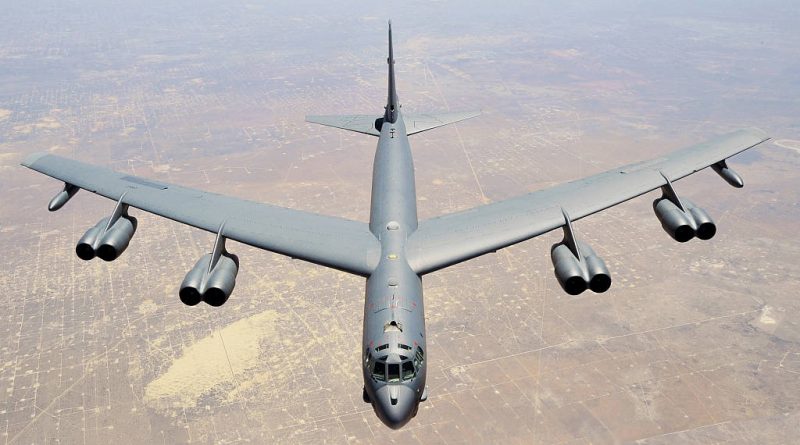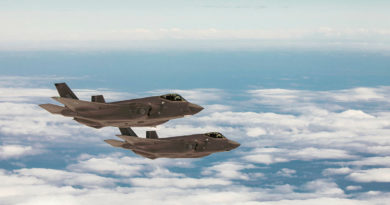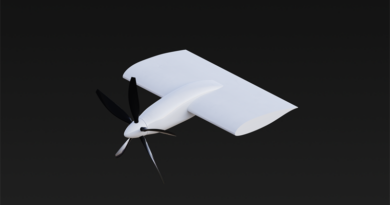B-52 Stratofortress Debuts at Wings over Wairarapa
Wings over Wairarapa Air Festival organisers have announced that a Boeing B-52 Stratofortress will be making its New Zealand debut at their Air Festival.
The Boeing B-52 Stratofortress is an American long-range, subsonic, jet-powered strategic bomber, designed and built by Boeing. It has been operated by the United States Air Force (USAF) since the 1950s. The plane has a typical combat range of more than 14,080km without aerial re-fuelling.
Wings Chair, Bob Francis, says this is a very rare chance to see a military aircraft of this size and significance in New Zealand.
“If you want power, noise, the ground shaking type of experience, then the B-52 will give that to you in spades.”
“We’ve had excellent support from the United States Embassy over several months, enabling us to get the B-52 to our Air Festival.”
“They’ll travel over 8,000 miles from Guam to be with us.”
United States Ambassador to New Zealand Scott Brown says the U.S. is happy to help.
“When we got this request from the local organisers the Embassy was happy to do all that we could to facilitate. The plane’s participation means the crew is flying a considerable distance out of their way but it has been our pleasure to contribute and build on the airshow’s past successes.”
The B-52 will perform a fly past Hood Aerodrome on Saturday 23 February at 2pm. Because of its weight it is unable to land at the Hood Aerodrome runway.
Immediately after the fly past it will head off to the Avalon Air Show in Australia and it will not land in New Zealand.
Beginning with the successful contract bid in June 1946, the B-52 design evolved from a straight wing aircraft powered by six turboprop engines to the final prototype YB-52 with eight turbojet engines and swept wings. The aircraft made its maiden flight in April 1952. Built to carry weapons for Cold War era deterrence missions, the B-52 Stratofortress replaced the Convair B- 36 . The bomber is capable of carrying up to 32,000kg of weapons. A veteran of several wars, most notably Vietnam, the B-52 has dropped only conventional munitions in combat.
The B-52 has been in active service with the USAF since 1955. As of December 2015, 58 were in active service with 18 in reserve. The bombers flew under the Strategic Air Command (SAC) until it was disestablished in 1992 and its aircraft absorbed into the Air Combat Command (ACC). In 2010 all B-52s were transferred from the ACC to the newly created Air Force Global Strike Command (AFGSC).
Superior performance at high subsonic speeds and relatively low operating costs have kept the B-52 in service despite the advent of later, more advanced aircraft, including the cancelled Mach 3 B-70 Valkyrie, the variable-geometry B-1 Lancer, and the stealth B-2 Spirit.
The B-52 completed 60 years of continuous service with its original operator in 2015. After being upgraded between 2013 and 2015, it is expected to serve into the 2050s, an extraordinary 100 years of operational service.
Tickets can still be purchased at ticketdirect.co.nz
ENDS




